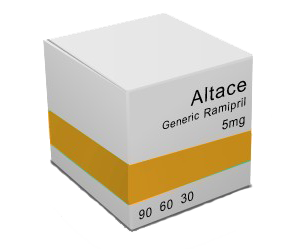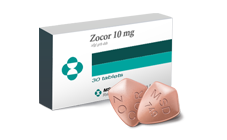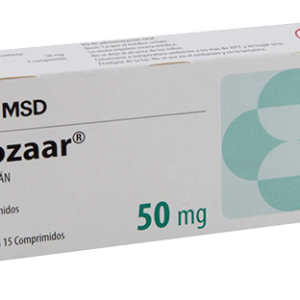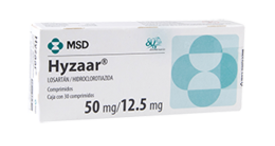What is Altace?
Altace (ramipril) is an ACE inhibitor. ACE stands for angiotensin converting enzyme.
Altace is used to treat high blood pressure (hypertension) or congestive heart failure, and to improve survival after a heart attack.
Altace may also be used for purposes not listed in this medication guide.
Important information
Do not use Altace if you are pregnant. If you become pregnant, stop taking this medicine and tell your doctor right away.
If you have diabetes, do not use Altace together with any medication that contains aliskiren (Amturnide, Tekturna, Tekamlo, Valturna).
Before taking this medicine
You should not use Altace if you are allergic to ramipril or to any other ACE inhibitor, such as benazepril, captopril, fosinopril, enalapril, lisinopril, moexipril, perindopril, quinapril, or trandolapril.
If you have diabetes, do not use ramipril together with any medication that contains aliskiren (Amturnide, Tekturna, Tekamlo, Valturna).
You may also need to avoid taking Altace with aliskiren if you have kidney disease.
To make sure Altace is safe for you, tell your doctor if you have:
kidney disease (or if you are on dialysis);
liver disease;
diabetes;
a connective tissue disease such as Marfan syndrome, Sjogren’s syndrome, lupus, scleroderma, or rheumatoid arthritis; or
if you are also taking telmisartan (Micardis).
Do not use Altace if you are pregnant. If you become pregnant, stop taking this medicine and tell your doctor right away. Ramipril can cause injury or death to the unborn baby if you take the medicine during your second or third trimester. Use effective birth control.
It is not known whether ramipril passes into breast milk or if it could harm a nursing baby. You should not breast-feed while using this medicine.
How should I take Altace?
Take Altace exactly as prescribed by your doctor. Follow all directions on your prescription label. Your doctor may occasionally change your dose to make sure you get the best results. Do not take this medicine in larger or smaller amounts or for longer than recommended.
Altace can be taken with or without food.
Swallow the tablet whole.
You may open the Altace capsule and sprinkle the medicine into a half-cup (4 ounces) of water, apple juice, or applesauce to make swallowing easier. Swallow without chewing. You may store the mixture for up to 24 hours at room temperature, or up to 48 hours in a refrigerator.
Vomiting, diarrhea, or heavy sweating can cause you to become dehydrated. This can lead to very low blood pressure, electrolyte disorders, or kidney failure while you are taking Altace.
Drink plenty of water each day while you are taking this medication.
Your blood pressure will need to be checked often, and you may need frequent blood tests to check your potassium levels.
If you need surgery, tell the surgeon ahead of time that you are using Altace. You may need to stop using the medicine for a short time.
If you are being treated for high blood pressure, keep using this medication even if you feel well. High blood pressure often has no symptoms. You may need to use blood pressure medication for the rest of your life.
Store at room temperature away from moisture, heat, and light. Keep the bottle tightly closed when not in use.
What happens if I miss a dose?
Take the missed dose as soon as you remember. Skip the missed dose if it is almost time for your next scheduled dose. Do not take extra medicine to make up the missed dose.
What happens if I overdose?
Seek emergency medical attention.
What should I avoid?
Do not use salt substitutes or potassium supplements while taking Altace, unless your doctor has told you to.
Avoid drinking alcohol. It can further lower your blood pressure and may increase some of the side effects of Altace.
Avoid getting up too fast from a sitting or lying position, or you may feel dizzy. Get up slowly and steady yourself to prevent a fall.
Altace side effects
Get emergency medical help if you have any signs of an allergic reaction to Altace: hives; severe stomach pain; difficulty breathing; swelling of your face, lips, tongue, or throat.
Call your doctor at once if you have:
a light-headed feeling, like you might pass out;
chest pain;
little or no urination, or urinating more than usual;
sudden weakness or ill feeling, fever, chills, sore throat, painful mouth sores, pain when swallowing, skin sores, cold or flu symptoms; or
high potassium – nausea, slow or unusual heart rate, weakness, loss of movement.
Common Altace side effects may include:
headache;
cough; or
dizziness, weakness, tired feeling.
This is not a complete list of side effects and others may occur. Call your doctor for medical advice about side effects.
Altace dosing information
Usual Adult Dose for Diabetic Nephropathy:
Initial dose: 2.5 mg orally once a day for patients not receiving a diuretic
Maintenance dose: 2.5 to 20 mg/day orally in 1 to 2 divided doses
Usual Adult Dose for Hypertension:
Initial dose: 2.5 mg orally once a day for patients not receiving a diuretic
Maintenance dose: 2.5 to 20 mg/day orally in 1 to 2 divided doses
Usual Adult Dose for Congestive Heart Failure:
Initial dose: 2.5 mg orally twice a day
Maintenance dose: 5 mg orally twice a day
Usual Adult Dose for Left Ventricular Dysfunction:
Initial dose: 2.5 mg orally twice a day
Maintenance dose: 5 mg orally twice a day
Usual Adult Dose for Myocardial Infarction:
Initial dose: 2.5 mg orally twice a day
Maintenance dose: 5 mg orally twice a day
What other drugs will affect Altace?
Other drugs may interact with Altace, including prescription and over-the-counter medicines, vitamins, and herbal products. Tell each of your health care providers about all medicines you use now and any medicine you start or stop using.




